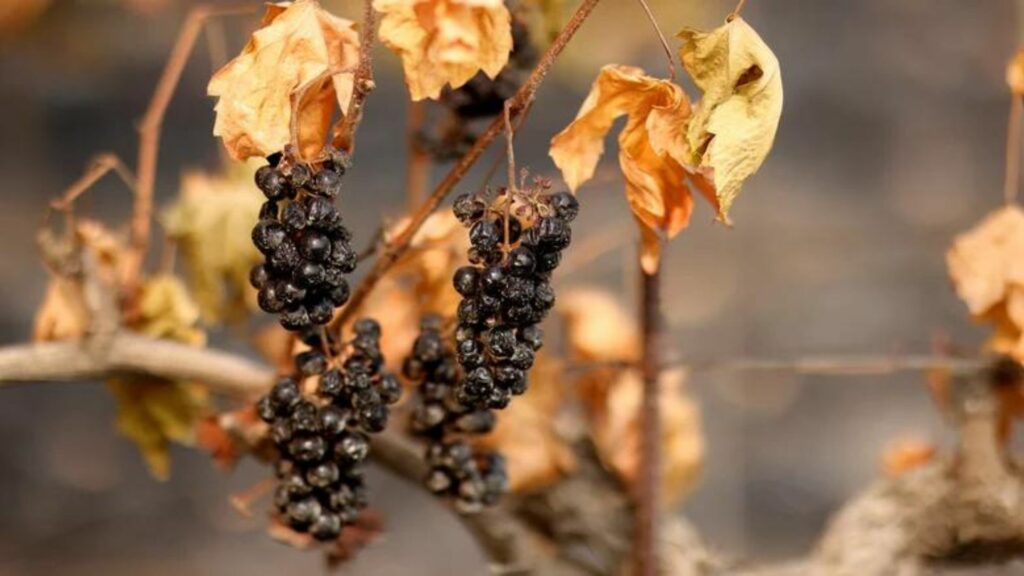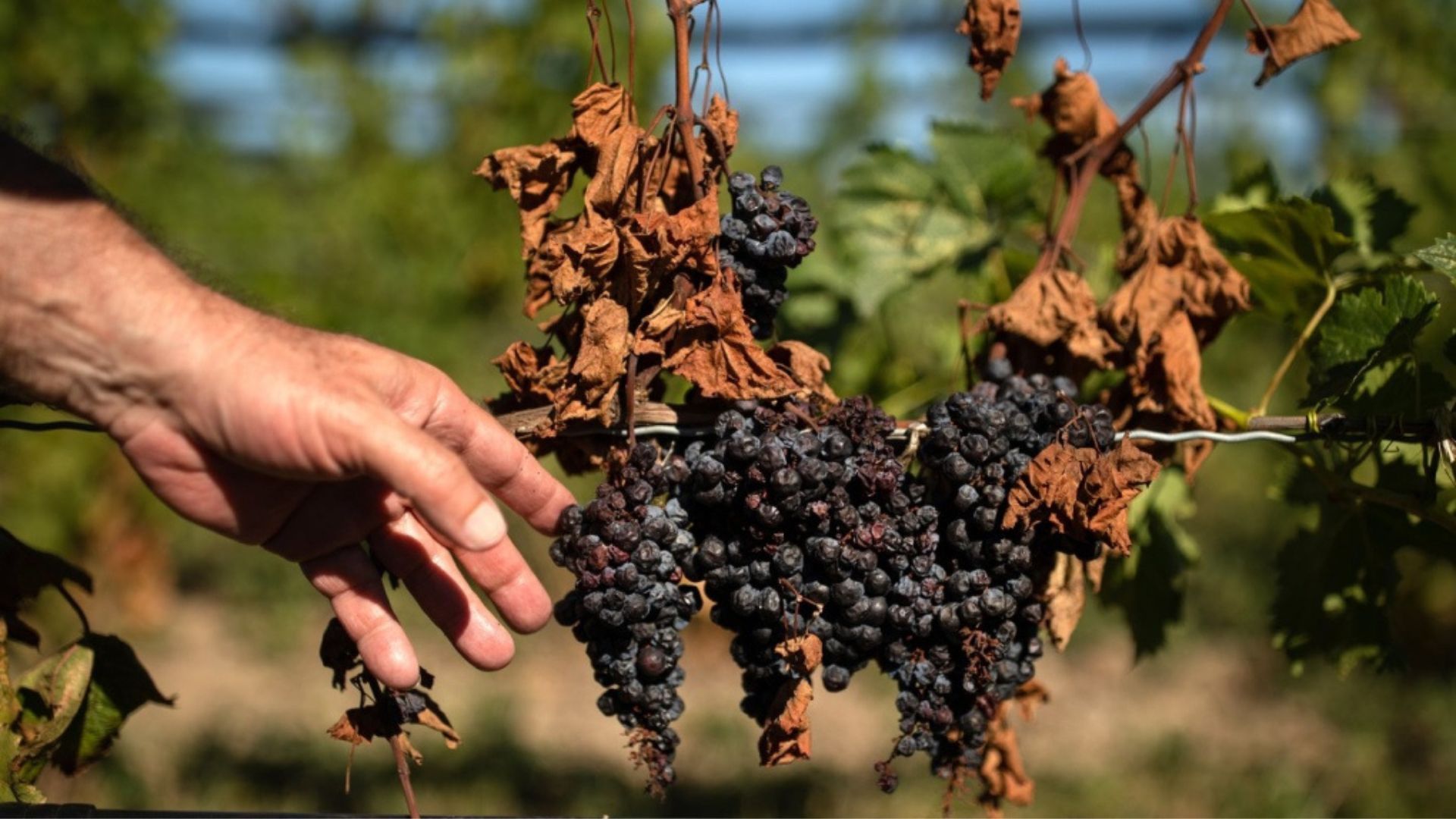Did you know that the weather plays a huge role in how wine tastes? The influence of climate on wine is a fascinating subject. This simple guide will help you understand how different weather conditions affect the grapes and, ultimately, the wine in your glass.

1. How Climate Affects Grapes
To begin with, grapes are very sensitive to their environment. The climate where they grow affects their size, sweetness, and also acidity. Warm climates usually produce grapes that are sweeter and have higher sugar content. This is because the sun helps the grapes to ripen fully. On the other hand, cooler climates often produce grapes with higher acidity. These grapes take longer to ripen, which can give the wine a crisper taste.
2. Types of Climates
Three main types of climates influence wine: firstly – warm, secondly – cool, and third – moderate.
Warm Climates
These regions have hot summers and mild winters. Examples include parts of California and Australia. Wines from these areas tend to be full-bodied with rich flavours. Common grapes include Cabernet Sauvignon, Shiraz, and also Zinfandel.
Cool Climates
These regions have cooler summers and also cold winters. Examples include parts of France and Germany. Wines from these areas are often lighter with higher acidity. Common grapes include Pinot Noir, Riesling, and Chardonnay.
Moderate Climates
These regions have mild temperatures year-round. Examples include parts of Italy and Spain. Moreover, wines from these areas can have a balance of acidity and sweetness. Common grapes include Merlot, Sangiovese, and Tempranillo.
3. The Growing Season
The growing season is the period when grapes develop and ripen on the vine. Climate influences how long this season lasts. In warmer climates, the growing season is shorter because the grapes ripen faster. In cooler climates, the growing season is longer, allowing the grapes to develop more complex flavours. The length of the growing season affects the taste and also quality of the wine.
4. Rain and Irrigation
Water is essential for grapevines, but too much or too little can cause problems. The influence of climate on wine also includes the amount of rainfall a region receives. Therefore, in areas with too much rain, grapes can become waterlogged and lose flavour. In areas with too little rain, grapevines may struggle to grow. Some winemakers use irrigation to control the amount of water the vines receive. This helps to ensure the grapes develop the right balance of sugars and also acids.
5. Soil and Temperature
The soil in which grapes grow is another important factor. Different types of soil can retain heat differently, affecting the temperature around the grapevines. Warm soils can help grapes ripen faster, while cooler soils can slow down the ripening process. The influence of climate on wine also includes the temperature fluctuations between day and night. In some regions, warm days and cool nights can help grapes develop better flavours and also aromas.
6. Climate Change and Wine
Climate change is having a big impact on wine production around the world. As temperatures rise, traditional wine-growing regions may become too hot for certain grape varieties. This forces winemakers to adapt by planting different types of grapes or moving their vineyards to cooler areas. Therefore, the influence of climate on wine is more significant than ever as winemakers face new challenges and opportunities due to changing weather patterns.
7. Examples from Around the World
Different wine regions around the world showcase the influence of climate on wine.
France
In Bordeaux, the moderate climate produces balanced wines with complex flavours. In Champagne, the cool climate creates high-acid grapes perfect for sparkling wine.
California
The warm climate of Napa Valley produces bold, full-bodied wines like Cabernet Sauvignon. The cooler climate of Sonoma is ideal for growing Pinot Noir and Chardonnay.
Australia
The warm climate of the Barossa Valley is perfect for Shiraz, producing rich, spicy wines. The cooler climate of Tasmania produces crisp, refreshing wines like Riesling and Pinot Noir.
8. How to Taste Climate in Wine
When you taste wine, you can often tell something about the climate where the grapes were grown. Warm-climate wines usually have riper, fruitier flavours and higher alcohol content. Cool-climate wines tend to have more acidity, lighter body, and also complex aromas. By learning about the influence of climate on wine, you can better appreciate the unique characteristics of different wines and understand why they taste the way they do.
Conclusion
In conclusion, the influence of climate on wine is a key factor in what makes each bottle unique. From the temperature and rainfall to the soil and growing season, many aspects of the climate shape the flavours and also quality of the wine. Understanding these influences can deepen your appreciation for your favourite wines and enhance your tasting experience. Next time you enjoy a glass of wine, take a moment to think about the climate that helped create it.

